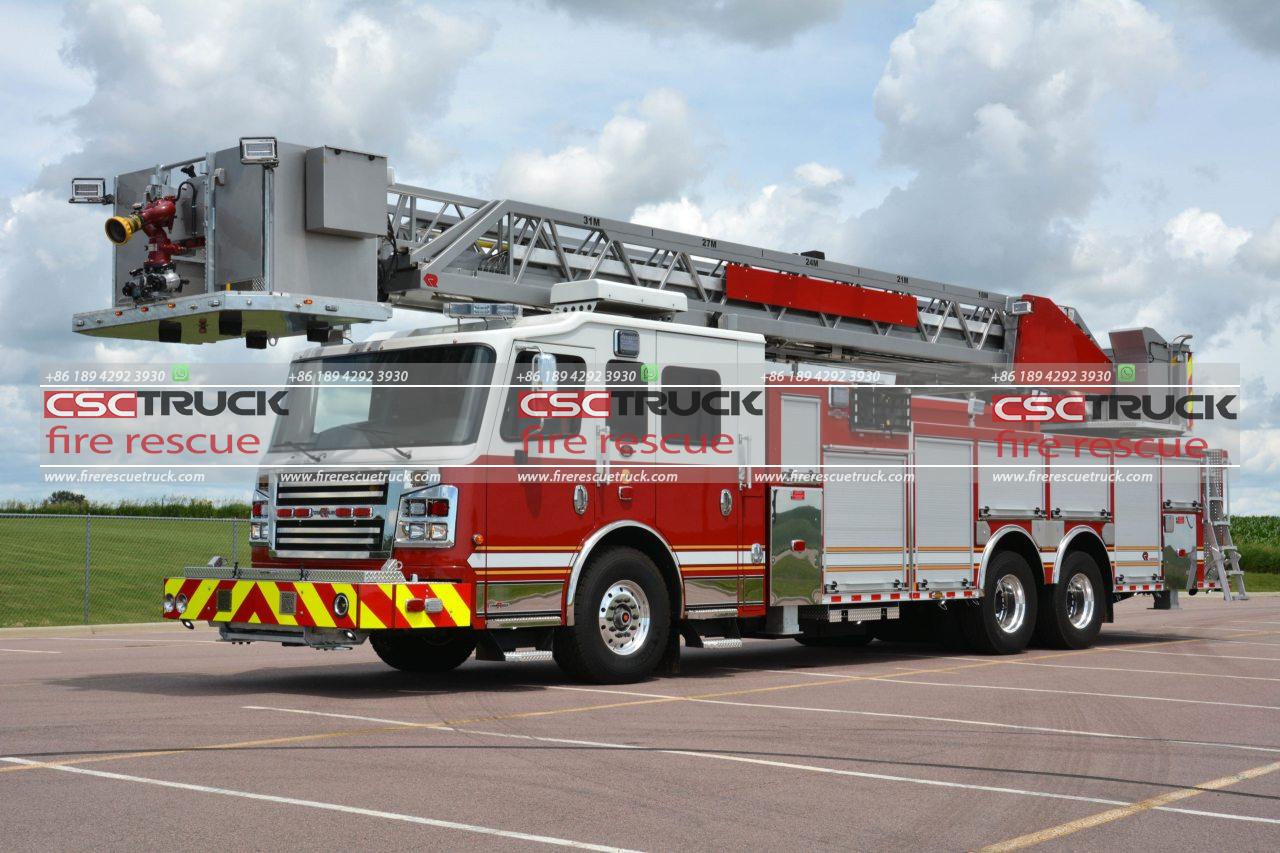Why Are American Fire Trucks So Big?
When you see a fire truck rolling down an American street, with its massive size and robust presence, it’s hard not to be impressed. Fire trucks in the United States are often noticeably larger compared to their counterparts in other countries. This distinct characteristic begs the question: why are American fire trucks so big? To answer this, we must delve into the unique aspects of American firefighting culture, infrastructure, and the practical demands faced by fire departments across the nation.
Historical Context and Evolution
The evolution of American fire trucks can be traced back to the early 19th and 20th centuries when cities were expanding rapidly. Urbanization led to taller buildings, denser populations, and more complex fire risks. Fire departments required equipment that could handle these challenges effectively. The result was the gradual increase in the size and complexity of fire apparatus to ensure they could respond to larger and more diverse emergencies.
In contrast, European cities, which often have older and narrower streets, require more compact fire trucks. While American cities grew rapidly in the 20th century with a focus on wide roads and urban sprawl, European cities maintained tighter layouts. Consequently, American fire trucks began to grow in size to accommodate larger equipment and increased response capacity, while European fire trucks remained smaller for ease of navigation.
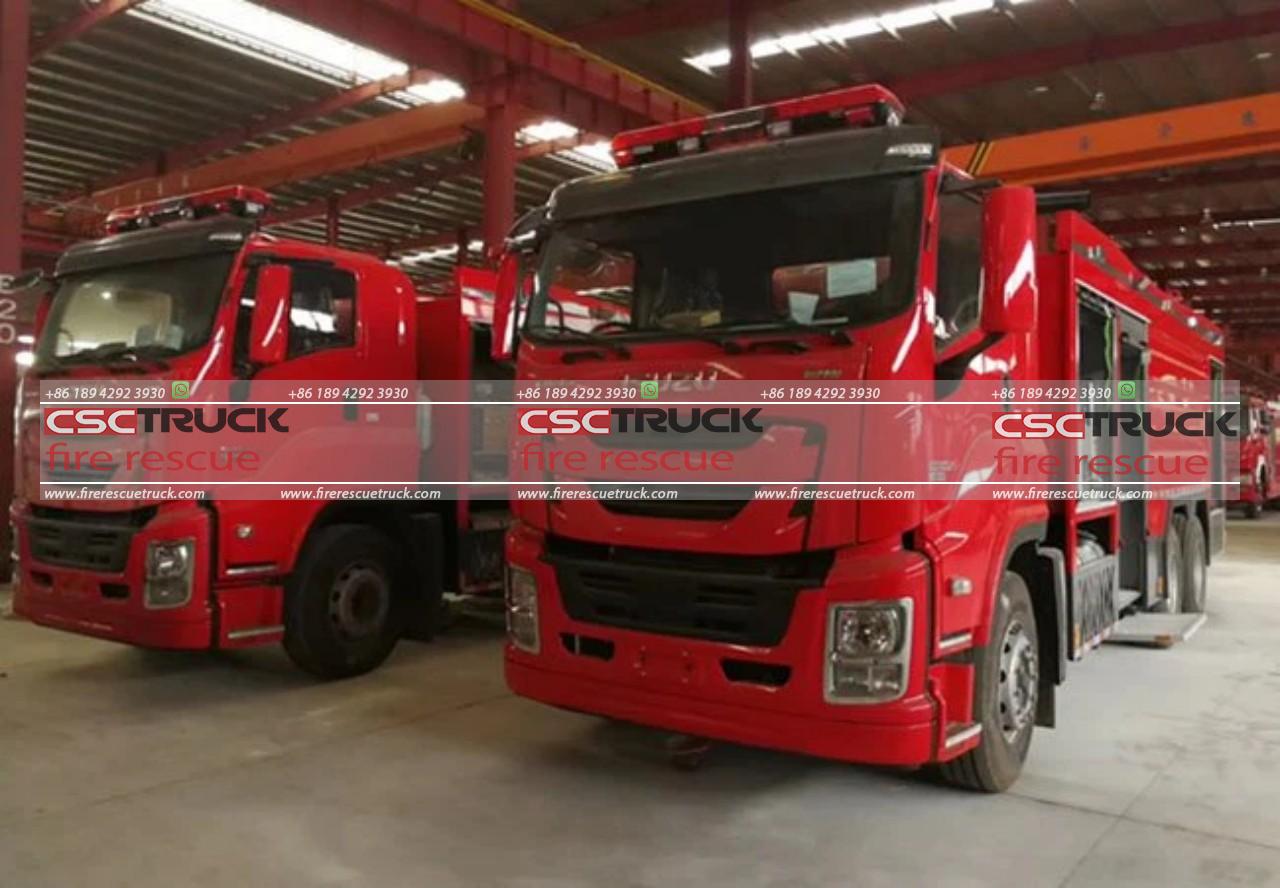
Diverse Roles and Functions
American fire trucks aren’t just for fighting fires—they are multipurpose vehicles that carry equipment for medical emergencies, technical rescues, hazardous materials response, and more. Many American fire trucks are equipped with tools like hydraulic rescue equipment (“Jaws of Life”), advanced life support (ALS) medical supplies, water pumps, ladders, and an array of specialized gear.
Because of this versatility, American fire trucks need more storage space. This extra room is achieved by adding more compartments, which contributes to the overall size of the truck. The need for multiple functions stems from the structure of the U.S. fire service itself. Many fire departments are the primary emergency responders for a variety of incidents, including car accidents, building collapses, and chemical spills. In some rural and suburban areas, firefighters might also serve as the first medical responders. This necessitates carrying additional equipment for varied emergencies, further increasing the size of the vehicles.
Water Supply and Tank Size
One of the most apparent reasons for the size of American fire trucks is the onboard water tank. Many American fire engines carry their water supply because, in suburban or rural areas, there may not be an established hydrant system. Even in urban environments, fire departments often prefer having an independent water supply for immediate use.
The typical American fire engine might carry anywhere from 500 to 1,500 gallons of water. Compare this to European fire engines, which often have much smaller tanks since they rely on a well-developed network of hydrants. A larger water tank means a bigger vehicle to support its weight and maintain stability. Additionally, American fire trucks often have pumps and other water management systems built into the vehicle, which adds further size and complexity.
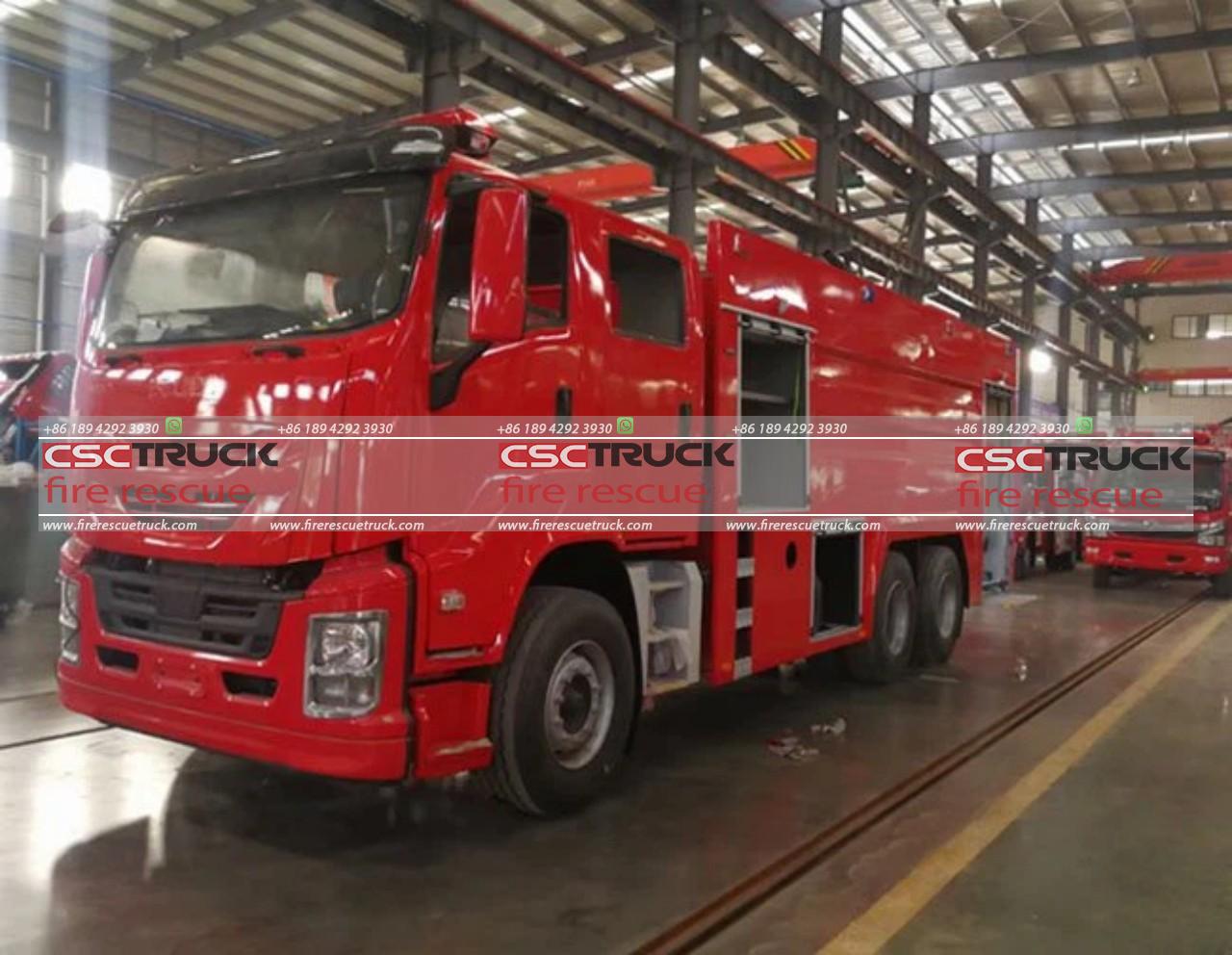
Larger Crews and Seating Capacity
American fire trucks are designed to carry larger crews compared to those in other parts of the world. This is partly due to the National Fire Protection Association (NFPA) standards, which outline the minimum crew sizes for various types of fire trucks and responses. For example, the NFPA 1710 standard recommends a minimum of four firefighters on an engine or ladder truck.
Because of this, American fire trucks often have expanded cabs with seating for 4 to 6 personnel, along with additional space for equipment storage inside the cab. This is in contrast to European fire trucks, which often have more compact cabs designed for smaller crews. The need for larger cabs, coupled with the space required for crew safety and comfort, contributes to the overall size of the apparatus.
Aerial Apparatus and Ladder Trucks
Another significant contributor to the size of American fire trucks is the widespread use of aerial apparatus and ladder trucks. These vehicles are equipped with large, extendable ladders that can reach up to 100 feet or more. Ladder trucks are essential for accessing tall buildings and providing elevated streams of water during firefighting operations. To support these heavy ladders and their hydraulic systems, the chassis and frame of the truck must be reinforced and larger, adding to the vehicle’s overall size.
Additionally, American fire departments often prefer mid-mounted or rear-mounted ladder designs, which require a longer wheelbase and chassis. This is different from the more compact designs favored in other countries, where turntable ladders or smaller aerial platforms are more common.
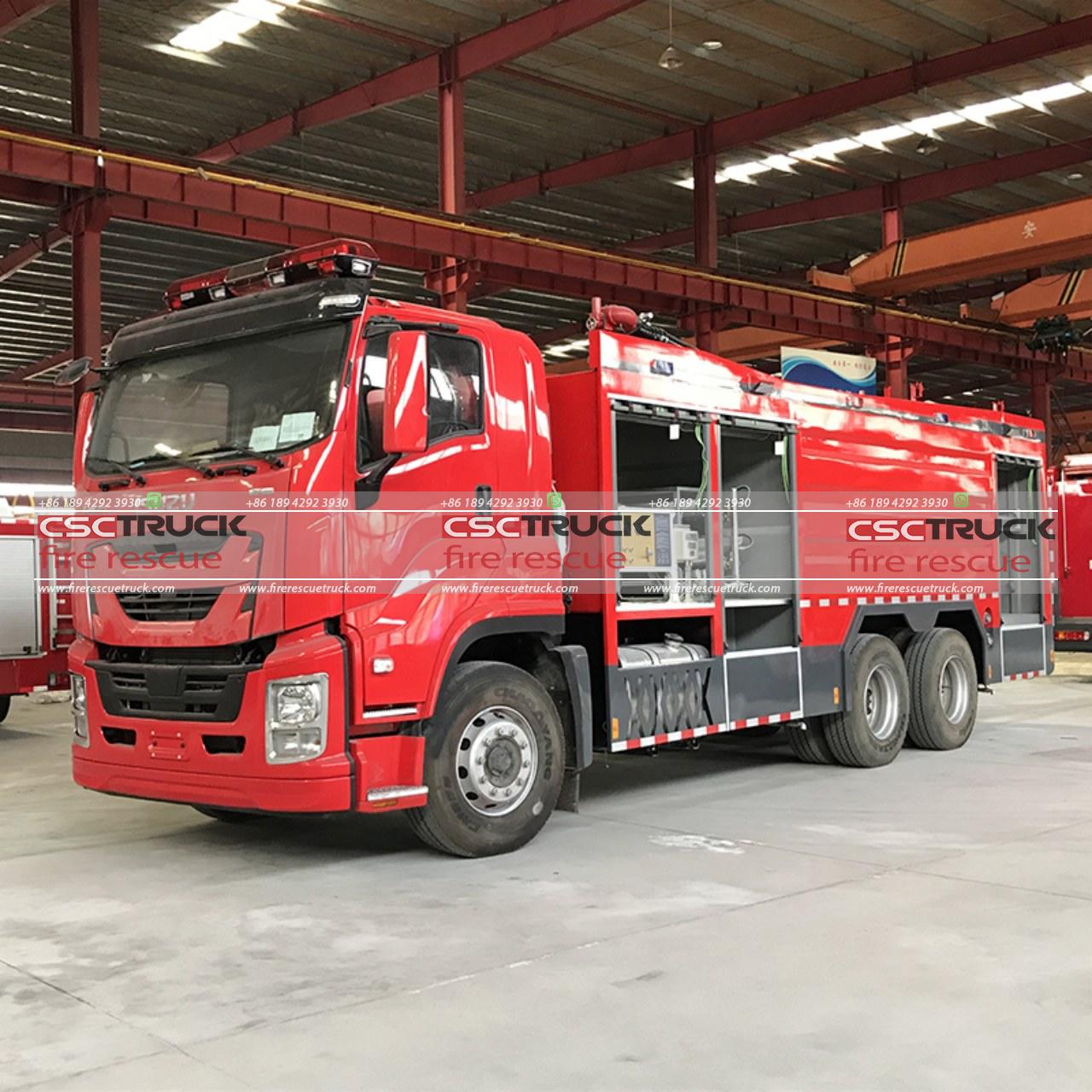
Customization and Local Needs
Fire trucks in the United States are often custom-built to meet the specific needs of each fire department. This customization can include larger storage compartments, specialized equipment mounts, and unique design features to address local challenges. For example, a department in a city with numerous high-rise buildings might opt for a longer ladder truck, while a rural department might prioritize a larger water tank.
This customization contributes to the variation in size and appearance of American fire trucks. The flexibility to design trucks based on departmental needs often results in larger, more robust vehicles that are capable of handling a wide range of situations.
Infrastructure and Urban Planning
The layout of American roads and highways plays a significant role in the size of fire trucks. Many American cities and suburbs were built with wide streets and large intersections, which can accommodate bigger vehicles. In contrast, older cities in Europe and Asia have narrower streets that would make maneuvering a large American-style fire truck impractical.
In rural and suburban areas of the U.S., where roads are often even wider and less congested, larger fire trucks are not as much of a hindrance. This is why some American fire trucks, particularly those designed for rural or suburban use, are significantly larger than urban trucks found in older cities like New York or San Francisco.
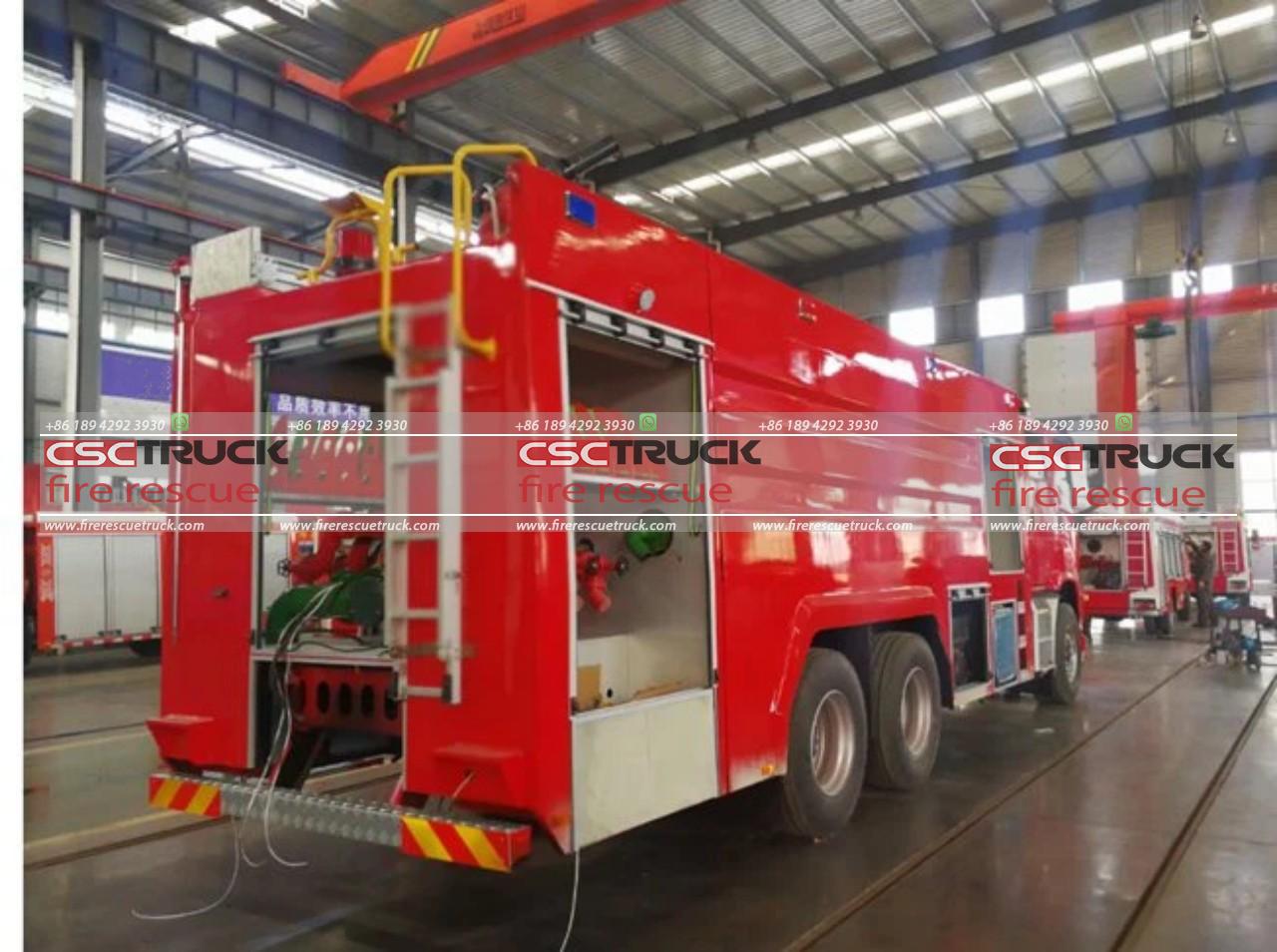
Safety and Stability
The safety of the crew is another reason for the larger size of American fire trucks. Modern American fire apparatus are built with reinforced cabs, rollover protection systems, and advanced braking systems. These safety features add to the overall weight and size of the vehicle but are essential for protecting the crew during emergency responses.
Larger trucks are also more stable when carrying heavy loads of equipment and water. The increased width and length help distribute weight more evenly and lower the center of gravity, reducing the risk of tipping during high-speed responses or while maneuvering through challenging terrains.
Conclusion
The size of American fire trucks is a result of historical development, practical demands, and the specific needs of the U.S. fire service. Their large size allows them to carry a variety of equipment, handle diverse emergencies, and ensure the safety and efficiency of the crew. From the need for large water tanks and aerial ladders to accommodating bigger crews and meeting safety standards, the reasons behind their size are multifaceted. Ultimately, American fire trucks are big because they are designed to tackle the unique challenges of firefighting and emergency response in a vast and diverse country.






